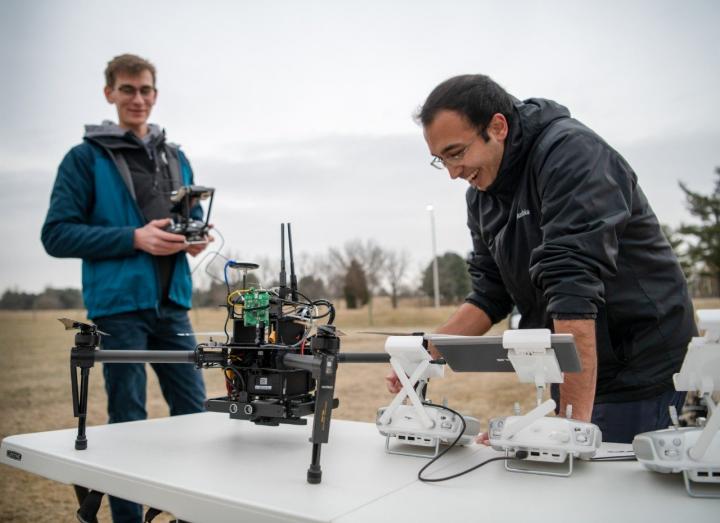Some mice receiving a therapy that includes CRISPR gene editing appear to have been cured of HIV, but safety concerns must be overcome before human trials.




The ways in which the communities of bacteria living within our bodies influence our overall well-being are becoming better understood all the time, and with that better understanding comes potential new ways to intervene for better health outcomes. Adding to this is a new discovery by researchers in Melbourne, who have described how a healthy microbiome can boost the activity of killer immune cells that are vital to fighting off infections and cancer.

:333
“I Will Be Glad” from Ziggy Marley’s 7th solo studio album, ‘Rebellion Rises’! Stream/download/buy the full album now at http://smarturl.it/rebellionrises
Connect with Ziggy:
https://facebook.com/ziggymarley
https://instagram.com/ziggymarley
Tweets by ziggymarley
https://youtube.com/ziggymarley
https://plus.google.com/+ziggymarleycom
Ziggy Marley & The Melody Makers perform Bob Marley’s classic hit “Natural Mystic” live in concert at the House Of Blues in Chicago, Illinois on September 9, 1999!
http://bit.ly/ziggy_merch
https://facebook.com/ziggymarley
Tweets by ziggymarley
https://instagram.com/ziggymarley
https://google.com/+ziggymarleycom
https://youtube.com/ziggymarley
https://pinterest.com/ziggymarley
Robots like the Pointman Tactical Robot and the iRobot Negotiator are already capable of entering buildings, climbing stairs and moving over obstacles to search buildings. Future versions are more likely to be armed, have more advanced sensors, hold greater autonomy, and be classified.
More agile humanoid (or animal-like) versions of these robots could be used to clear buildings of booby traps and enemy fighters seeking to ambush troops.


New thermal cloaking, insect proof uniforms are on the horizon, if the U.S. can get out in front of China.
The U.S. Army’s new Futures Command is accelerating research into synthetic biotechnology to help the military develop next-generation living camouflage and other never-before-seen organisms and materials.
Dimitra Stratis-Cullum, who is overseeing the research in synthetic biology for the U.S. Army Research Laboratory’s Combat Capabilities Development Command, detailed the effort on Thursday at the fourth annual Defense One Tech Summit.

Thanks to a $1.5 million grant from the National Science Foundation, a group of Virginia Tech engineers hopes to redefine these search and rescue protocols by teaming up human searchers with unmanned aerial robots, or drones.
In efforts led by Ryan Williams, an assistant professor in the Bradley Department of Electrical and Computer Engineering within the College of Engineering, these drones will use autonomous algorithms and machine learning to complement search and rescue efforts from the air. The drones will also suggest tasks and send updated information to human searchers on the ground.
Using mathematical models based on historical data that reflect what lost people actually do combined with typical searcher behavior, the researchers hope this novel approach of balancing autonomy with human collaboration can make searches more effective. The team has received support from the Virginia Department of Emergency Management and will work closely with the local Black Diamond Search and Rescue Council throughout the project.